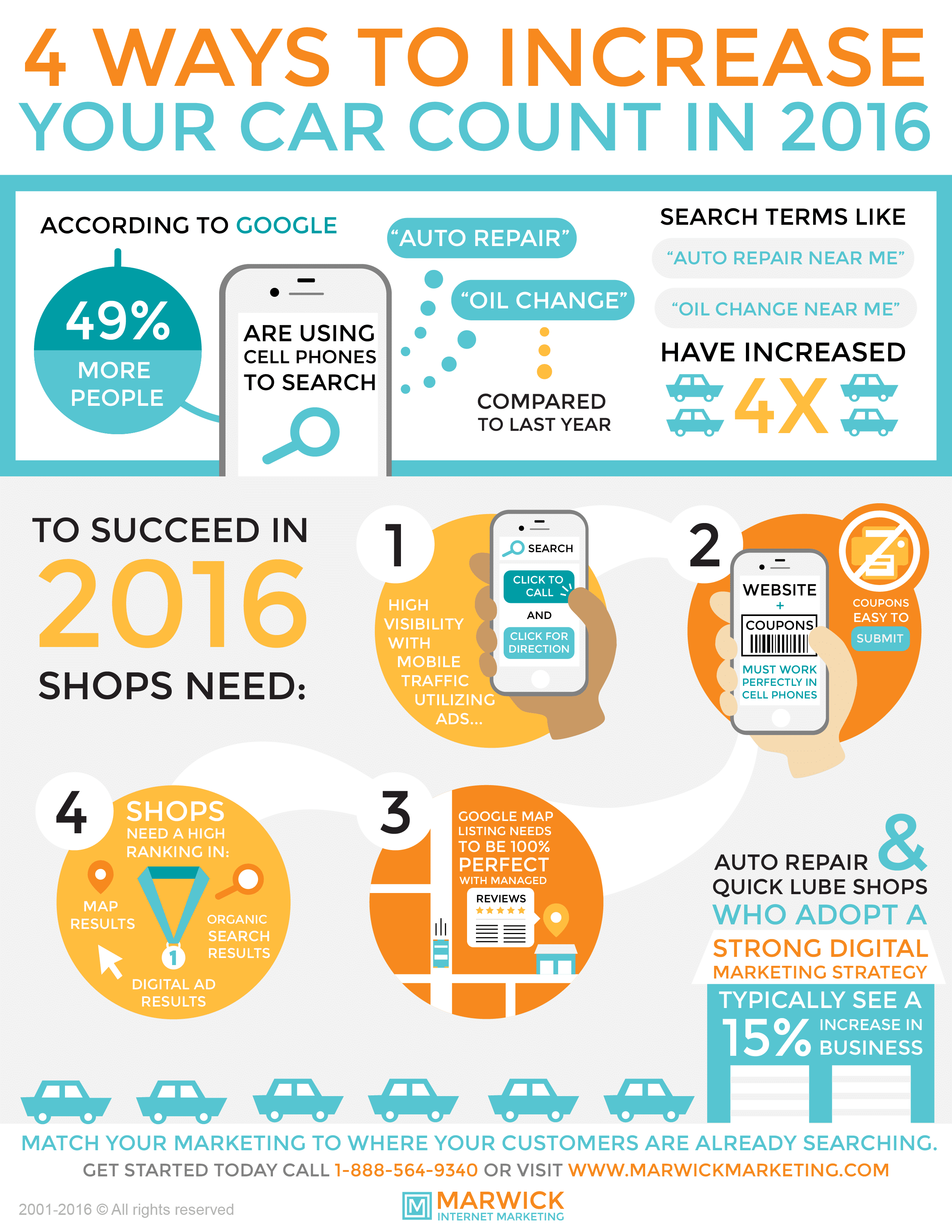Evaluating Your Auto'S Caution Indicators: What They Really Convey
Evaluating Your Auto'S Caution Indicators: What They Really Convey
Blog Article
premier auto detailing Develop By-Boye Shepherd
When you lag the wheel, those glowing warning lights on your control panel can be a bit difficult. Do you know what they're attempting to inform you about your automobile's health? Recognizing the relevance of these lights is vital for your security and the long life of your vehicle. So, the next time among those lights pops up, would not you intend to decode its message precisely and take the essential steps to resolve it?
Common Warning Lights and Interpretations
Determine usual caution lights in your auto and comprehend their meanings to make sure secure driving.
One of the most common caution lights include the check engine light, which indicates problems with the engine or exhausts system. If this light comes on, it's important to have your car inspected without delay.
The oil pressure cautioning light indicates low oil pressure, requiring immediate attention to prevent engine damages.
A flashing battery light might recommend a damaged billing system, potentially leaving you stranded if not dealt with.
The tire stress monitoring system (TPMS) light signals you to reduced tire stress, affecting automobile stability and gas effectiveness. Ignoring this can result in dangerous driving conditions.
The abdominal light indicates an issue with the anti-lock stopping system, compromising your ability to quit promptly in emergencies.
Last but not least, the coolant temperature advising light warns of engine getting too hot, which can cause extreme damage if not fixed promptly.
Comprehending visit the next web page will certainly help you attend to problems promptly and maintain risk-free driving conditions.
Significance of Prompt Interest
Understanding the usual caution lights in your automobile is just the initial step; the significance of promptly resolving these cautions can not be emphasized enough to guarantee your safety and security when driving.
When a warning light illuminates on your dashboard, it's your auto's method of connecting a potential concern that needs attention. Disregarding these warnings can bring about a lot more serious troubles down the road, endangering your safety and potentially costing you much more in repairs.
Prompt attention to warning lights can protect against failures and crashes. As an example, a blinking check engine light might indicate a misfire that, if left ignored, could create damage to the catalytic converter. Addressing this quickly can save you from an expensive fixing.
Likewise, a brake system warning light may signify low brake liquid or used brake pads, vital parts for your safety and security when driving.
Do It Yourself Troubleshooting Tips
If you discover a caution light on your control panel, there are a few DIY troubleshooting ideas you can try prior to looking for professional help.
The very first step is to consult your cars and truck's handbook to understand what the certain caution light suggests. Occasionally the concern can be as simple as a loosened gas cap causing the check engine light. Tightening the gas cap may solve the trouble.
One more common problem is a reduced battery, which can set off various advising lights. Checking https://remapecumotor61605.blog-kids.com/30454700/hesitating-on-the-importance-of-auto-describing-for-your-automobile-s-resale-worth for deterioration and guaranteeing they're secure could take care of the problem.
If a warning light lingers, you can attempt resetting it by disconnecting the automobile's battery for a couple of minutes and after that reconnecting it. Additionally, inspecting your vehicle's liquid degrees, such as oil, coolant, and brake liquid, can aid troubleshoot advising lights connected to these systems.
Final thought
To conclude, understanding your car's caution lights is crucial for keeping your automobile running efficiently and safely. By without delay dealing with these informs and understanding what they imply, you can stay clear of costly fixings and prospective breakdowns.
Remember to consult your automobile's handbook for particular details on each warning light and act as necessary to guarantee a trouble-free driving experience.
Remain notified, stay secure on the road!
